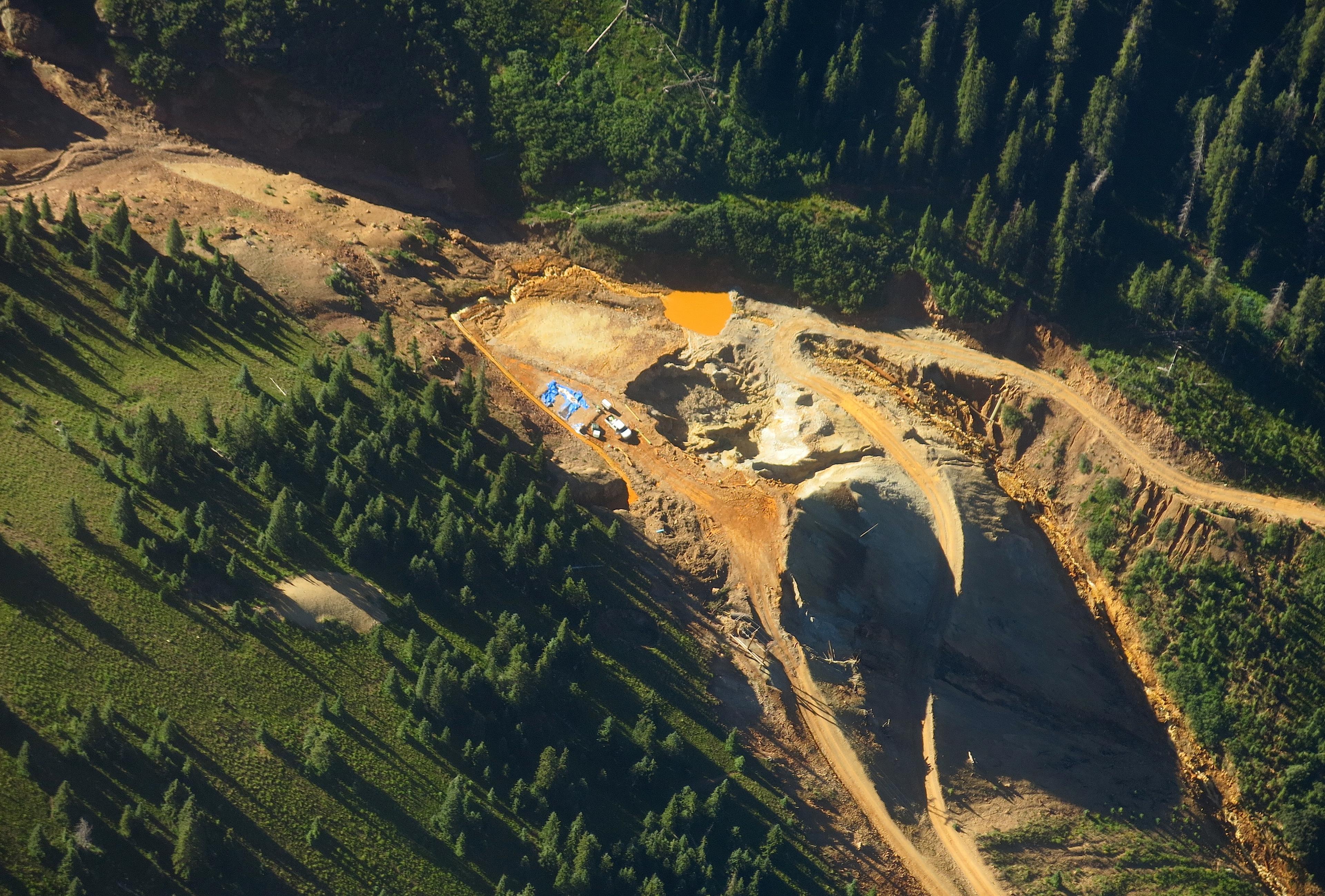

The release of 3 million gallons of wastewater from the Gold King Mine into the Animas River has raised concerns about thousands of other abandoned mines all around Colorado.
The natural, as the toxic plume drifts into the San Juan River in New Mexico and beyond, the question is: How likely is it that there could be another major spill? Look to the past for an answer to that question says Ron Hewitt Cohen, a mine cleanup expert and professor at Colorado School of Mines:
- A 1975 tailings pile breach at one mine south of Silverton sent waste into the Animas River for 100 miles.
- In 1978, 500 million gallons of water, tailings and equipment flowed into the river after a breach at the Sunnyside Mine near Gold King Mine.
- Federal data on mines located on public lands suggests 4,700 problems, including leaks and faults that could harm waterways. (Gold King is on private land.)
"In Silverton, in Durango, even down in Farmington [New Mexico], I would have no qualms about going in and swimming or kayaking in that water," Cohen said. "The levels of the toxic metals that are in the water are now low enough that I don't consider them a very large threat."
Government health officials continue to test the river and Cohen said contaminants like lead and arsenic are likely to linger in the river bed and banks.
Cohen on what may happen to the contaminants:
"Once that material is in the river, there's really pretty much nothing you can do. What's going to happen is that next spring, when you have the snow melt, there will a big flow in the river, it will scour that material up, dilute it, carry it downstream, and it will essentially be a non-threat at that point.... My thought about what happens when it gets to Lake Powell is, and my prediction would be, that if you were measuring the stream water entering Lake Powell by the time it gets there, you'd be hard put to identify that there was a pollutant spill upstream because the material spreads. It dilutes and by the time it gets there, the concentration should be just about at background levels."
On tackling issues at other abandoned mines
"The longer we wait to clean up these sites and take care of this leaking acid-mine drainage, the better chance you have to have more of these spills."... "The government is not doing a whole lot, actually. There was a surge in interest in these abandoned mines and attempting to clean up the abandoned mines [in the past], but it takes money, it takes resources. There really aren't the funds there to go in and do these cleanups to put these blockages in the mine to keep the water from coming out. So it's a very slow process."
Previous reporting:







